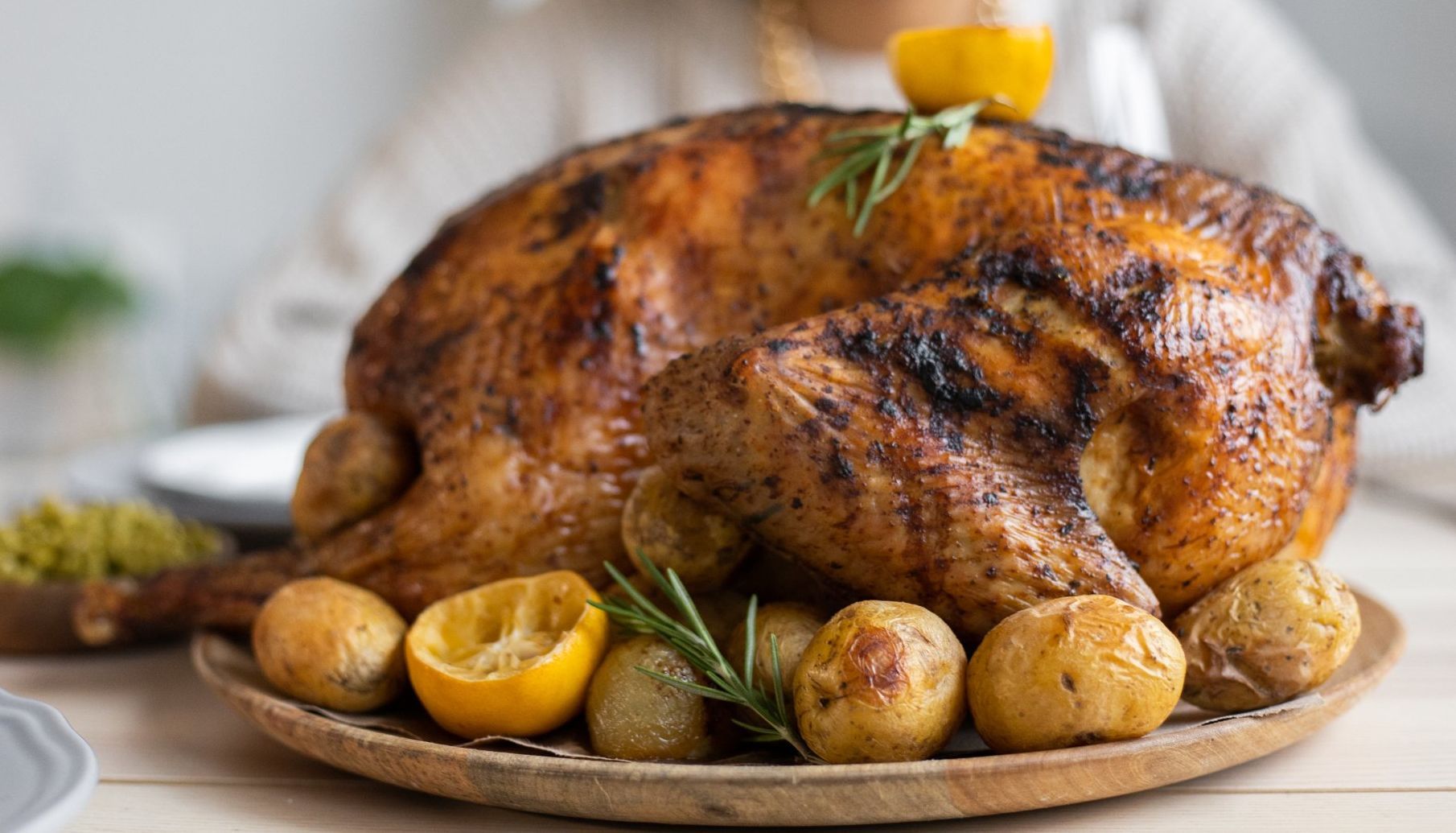This recipe for “Holiday Turkey,” courtesy Andrew Schloss’ “Cooking Slow” (Chronicle Books), calls for slow cooking the bird. Such an approach should result in a delicious and mouth-watering main course that satisfies anyone who’s anxious to sit down at the Thanksgiving dinner table this year.

Food features prominently in many holiday celebrations, but perhaps no holiday is more closely associated with eating than Thanksgiving. In fact, Thanksgiving and food are so closely connected that many people lovingly refer to the holiday as “Turkey Day,” which is an homage to the popular main course that finds its way to millions of Thanksgiving dinner tables across the country each year.
Side dishes abound on Thanksgiving dinner tables, but turkey still takes center stage. That reality can put some pressure on hosts tasked with preparing the meal for their family and friends. Unlike some other dishes that require a laundry list of ingredients and lots of prep work, turkey is a relatively hands-off main course. However, home cooks know a dried-out turkey is not on anyone’s holiday wish list. Slow cooking can help to avoid such a result. This recipe for “Holiday Turkey,” courtesy Andrew Schloss’ “Cooking Slow” (Chronicle Books), calls for slow cooking the bird. Such an approach should result in a delicious and mouth-watering main course that satisfies anyone who’s anxious to sit down at the Thanksgiving dinner table this year.
Holiday Turkey
Makes 15 servings
1 fresh turkey, about 15 pounds, preferably free-range
1 tablespoon olive oil
1 quart apple cider
2 teaspoons dried poultry seasoning
Coarse sea salt and freshly ground black pepper
Remove the giblets from the turkey and discard (or save for another use). Rinse the turkey inside and out and pat dry with paper towels. Rub it all over with salt and pepper. Refrigerate, uncovered, for at least 12 hours and up to 24 hours. During that time, the surface of the turkey will become visibly dry and the skin will tighten; this encourages a nice crisp skin on the finished bird.
Remove the turkey from the refrigerator 1 hour before you plan to start roasting. Preheat the oven to 450 F.
Put the turkey on a rack set in a large, flameproof roasting pan. Drizzle the oil over the top.
Roast for 1 hour. Reduce the oven temperature to 175 F. Pour the cider into the roasting pan and sprinkle the poultry seasoning in the liquid. Continue roasting until an instant-read thermometer inserted into the thickest part of a thigh (but not touching bone) registers to 170 F.
Transfer the turkey to a carving board, tent loosely with aluminum foil, and let rest for about 15 minutes (see tip). Meanwhile, skim the fat from the surface of the liquid in the pan. Put the roasting pan over two burners and bring the pan drippings to a boil over high heat. Cook until the juices reduce and thicken slightly, enough to coat a spoon, about 10 minutes. Taste for seasoning. Carve the turkey and serve with cider pan juices.
Resting tip: Slow-roasted meats need far less resting time (pretty much none) than those that are traditionally roasted. The reason for resting meat that has been roasted at a high temperature is to allow juices that have collected in the cooler center time to migrate back into the dryer (hotter) exterior sections after it comes out of the oven. Because slow-roasted meats are cooked evenly and a temperature that keeps most of the juices in place, a resting period is largely unnecessary. A brief resting time does allow the meat to become a little firmer as it cools, making it easier to carve.


